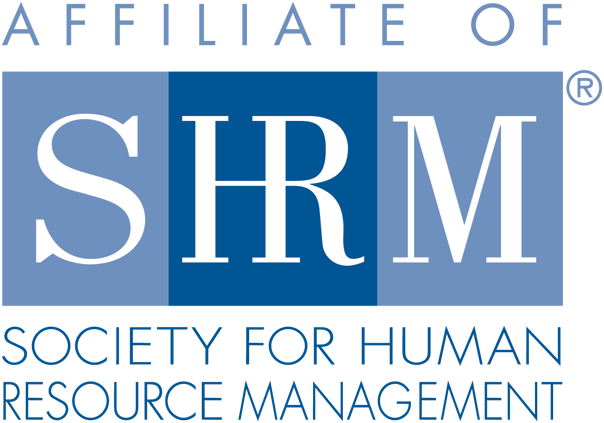
| Past Issues | Advertise | www.nehra.com | insights archive |
Effective Practices for Recruiting and Hiring Individuals with Disabilities
![]() Print this Article | Send to Colleague
Print this Article | Send to Colleague
The labor force participation rate for people with disabilities has remained virtually unchanged for decades, even 26 years after the passage of the Americans with Disabilities Act. Currently, only 20 percent of Americans with disabilities are employed or seeking employment compared to nearly 70 percent of Americans without a disability.
Because of this disparity, the federal government has recently instituted guidelines under Section 503 of the Rehabilitation Act for federal contractors and subcontractors to increase the representation of people with disabilities in their workforces and candidate pools. Additionally, leading companies are including disability in their inclusion strategies, recognizing the positive impact diversity has on business. With the additional considerations of an aging workforce and military personnel returning from active duty, it is a critical time for employers to ensure that policies and practices are in place to effectively recruit, hire and accommodate individuals with disabilities.
So, what is disability? Disability is a broad term that includes a wide range of conditions that occur across the life span. Disabilities can be apparent such as mobility impairments, intellectual or developmental disabilities or blindness or deafness. They can also be non-apparent such as learning disabilities, low vision, chronic illnesses or mental health conditions. As Human Resource professionals, it is important to keep in mind that someone may have acquired a disability mid-career and may be looking to re-enter the labor market after a period of absence. HR professionals can be catalysts to assisting people with disabilities to successfully transition into their next career role.
Research consistently tells us that people with disabilities make good employees. Many businesses that employ people with disabilities report reduced turnover, increased loyalty, and increased morale and productivity of other employees. There are a number of effective best practices that companies can implement to build a disability-inclusive culture including articulating a clear business case for why employing people with disabilities is important; putting a face on disability by sharing success stories of current employees with disabilities; fostering a strong disability employee resource group; partnering with community based organizations; and having strong, well-thought out accommodation policies and procedures.
Talent acquisition is an ongoing process of attracting, sourcing, recruiting and hiring employees. It includes employment branding, outreach, networking and relationship building with potential candidate communities to continually build and enhance the talent pool for an organization. Whether they are college students or recent graduates, veterans, older workers, newly diagnosed or disabled since birth, whether their disability is apparent or not, and whether they need accommodations or not, people with disabilities should be part of any organization’s talent acquisition strategy.
